Winter camping isn’t for everyone, but those who embrace the cold, there’s something magical about America’s national parks in the quieter months. The crowds thin out, the landscapes transform into winter wonderlands, and camping becomes an entirely different adventure. Some parks offer milder winter conditions perfect for beginners, while others challenge even experienced campers with snow-covered trails and freezing temperatures.
Here is a list of 20 national parks where winter camping ranges from comfortable to thrilling, each offering unique cold-weather experiences worth bundling up for.
Yellowstone National Park, Wyoming
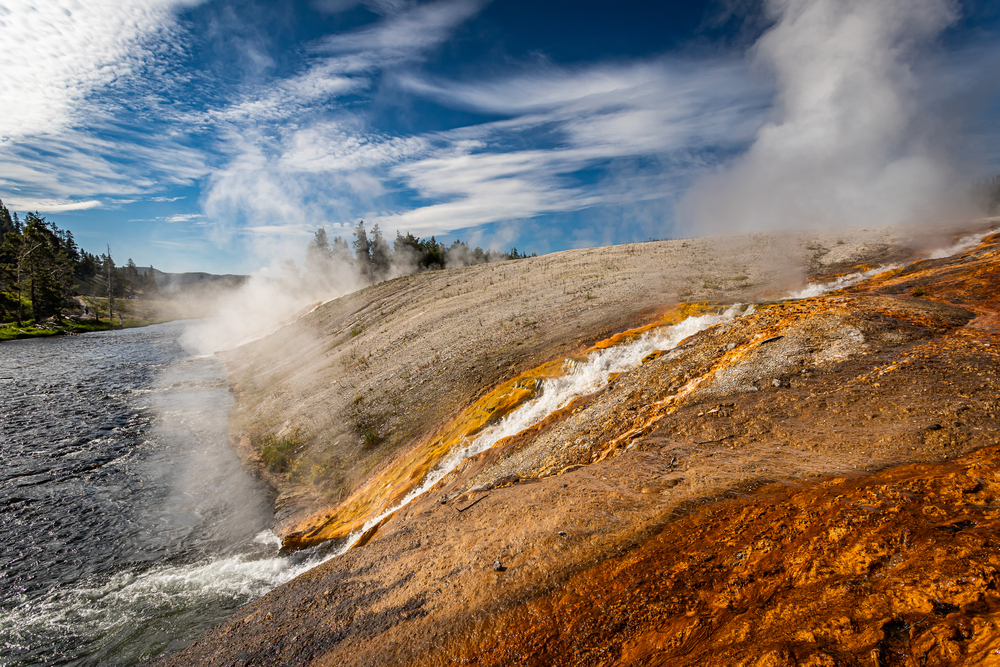
Most of Yellowstone is closed to regular traffic in winter, but that makes camping here feel like you’ve discovered a secret world. The geothermal features create an otherworldly landscape where steam rises against snow-covered trees, and wildlife viewing becomes more dramatic as animals venture closer to the warmer areas.
Winter camping requires serious preparation since temperatures can drop well below zero, but the reward is having one of America’s most famous parks almost entirely to yourself.
Grand Canyon National Park, Arizona
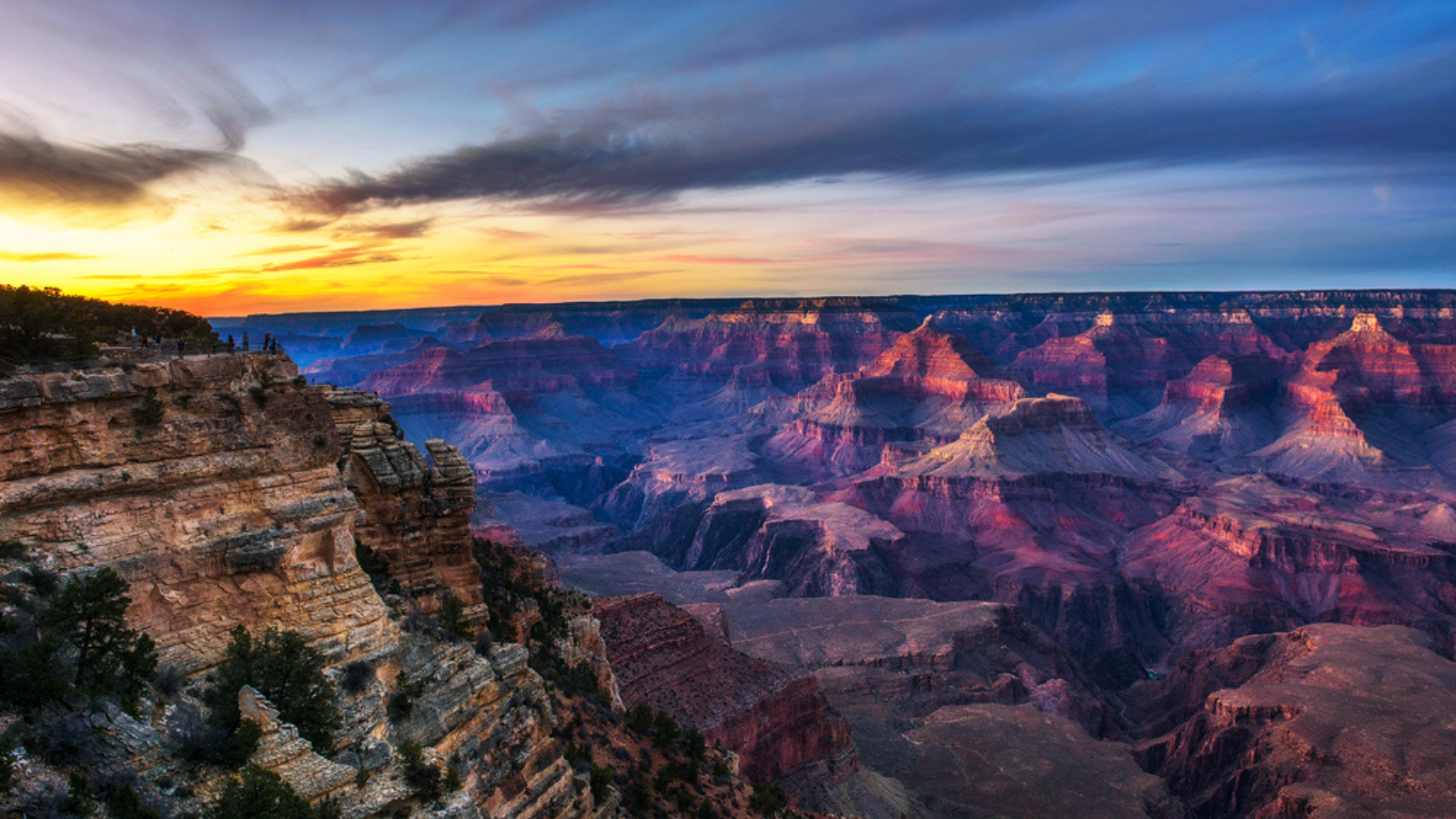
The South Rim stays open year-round and offers surprisingly pleasant winter camping conditions. Snow occasionally dusts the canyon rim, creating stunning photo opportunities, while daytime temperatures often reach the 40s and 50s.
The contrast between the snow-touched rim and the warmer canyon depths below creates a unique camping experience that most visitors never see.
Like Travel Pug’s content? Follow us on MSN.
Zion National Park, Utah
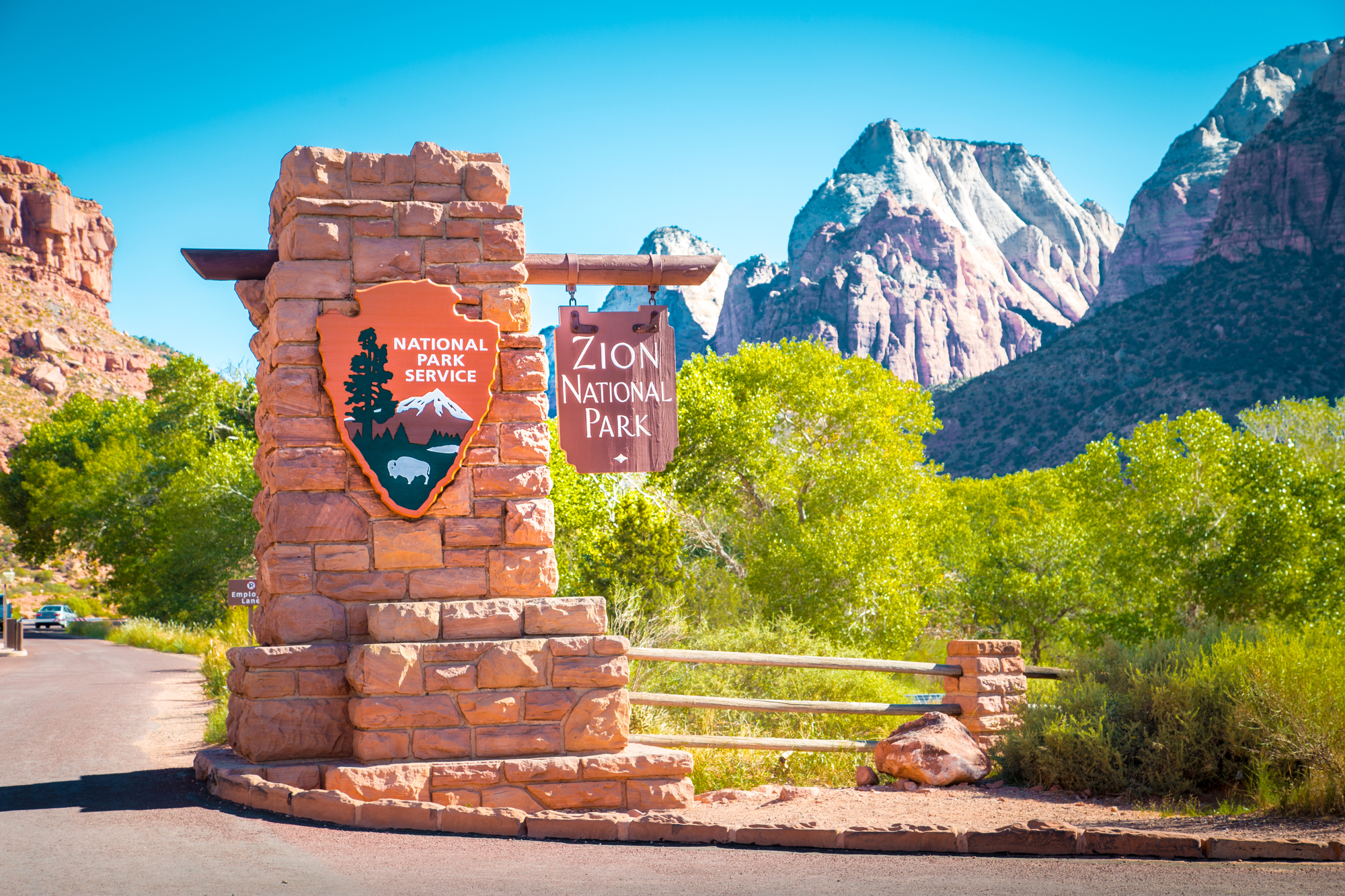
Winter transforms Zion into a peaceful retreat where red sandstone cliffs contrast beautifully with occasional snow dustings. The crowds disappear, making popular trails feel like private hiking experiences, and camping temperatures rarely become uncomfortable for those with proper gear.
The Virgin River continues flowing, creating a soothing soundtrack for winter campers seeking tranquility.
Death Valley National Park, California

Winter is actually the best time to camp in Death Valley, when scorching summer temperatures give way to perfect camping weather. Daytime highs hover in the 60s and 70s, while nights can be crisp and clear with incredible stargazing opportunities.
The desert landscape feels completely different in winter, offering comfortable conditions for exploring what becomes unforgiving terrain during warmer months.
Joshua Tree National Park, California
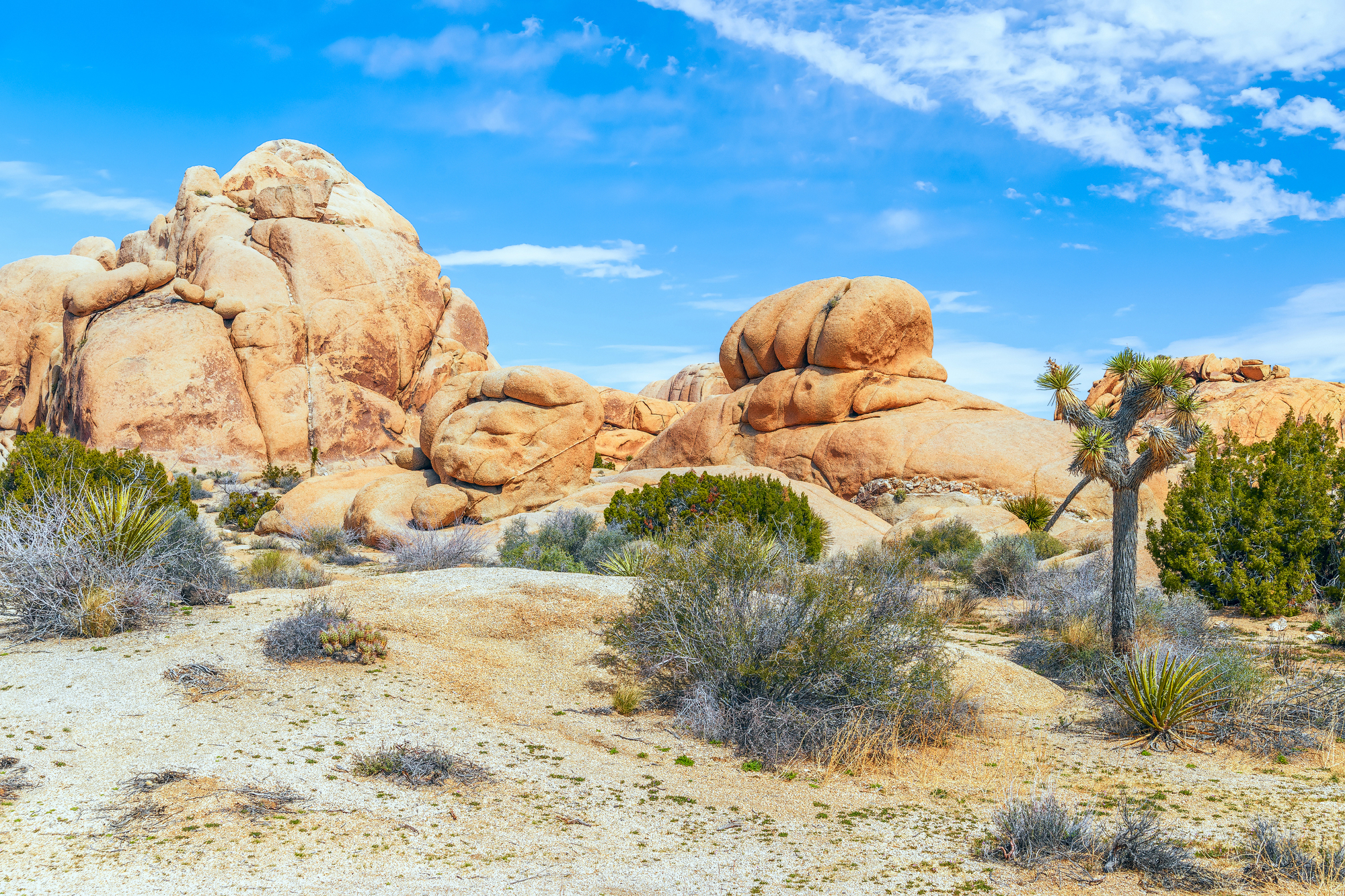
The high desert environment of Joshua Tree provides ideal winter camping conditions for those seeking mild weather and clear skies. The iconic Joshua trees create a surreal landscape that feels even more alien under winter’s softer light, and the lack of humidity makes even cooler temperatures feel manageable.
Rock climbers and stargazers particularly love winter camping here since the conditions are perfect for both activities.
Like Travel Pug’s content? Follow us on MSN.
Big Bend National Park, Texas

Located along the Rio Grande, Big Bend offers some of the most comfortable winter camping in the country. The desert climate means daytime temperatures often reach the 60s and 70s, while the remote location provides dark skies perfect for astronomy enthusiasts.
The park’s size means you can find solitude easily, and the winter weather makes hiking the more challenging trails enjoyable.
Everglades National Park, Florida

Winter is prime time for Everglades camping since it’s the dry season with fewer mosquitoes and more comfortable humidity levels. The wildlife viewing becomes spectacular as animals concentrate around water sources, and the weather stays pleasant enough for extended outdoor activities.
Camping here in winter feels like being on a nature documentary set where alligators, manatees, and countless bird species provide constant entertainment.
Acadia National Park, Maine
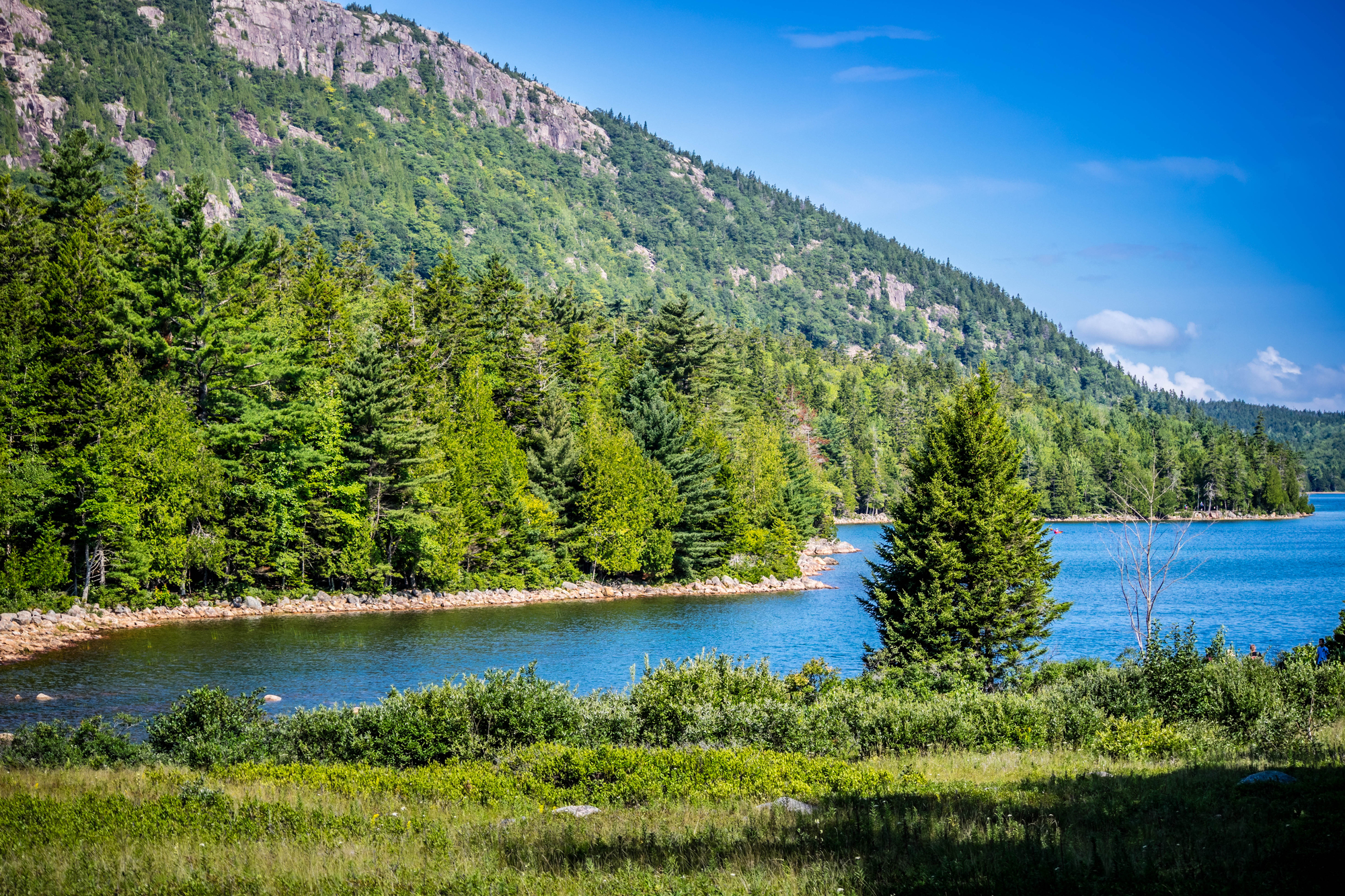
Acadia’s rugged coastline becomes even more dramatic in winter when waves crash against snow-covered rocks. The park stays open for camping, though facilities are limited, creating an authentic wilderness experience along the Atlantic coast.
Winter storms can be intense, but clear days offer stunning views of a landscape that looks completely different from its popular summer appearance.
Like Travel Pug’s content? Follow us on MSN.
Great Smoky Mountains National Park, Tennessee/North Carolina

The Smokies offer accessible winter camping with several campgrounds remaining open and well-maintained facilities. Snow occasionally blankets the mountains, creating picture-perfect scenes, while the bare trees reveal mountain views that summer foliage normally hides.
The park’s elevation changes mean you can often escape to slightly warmer areas if conditions become too harsh at higher elevations.
Shenandoah National Park, Virginia
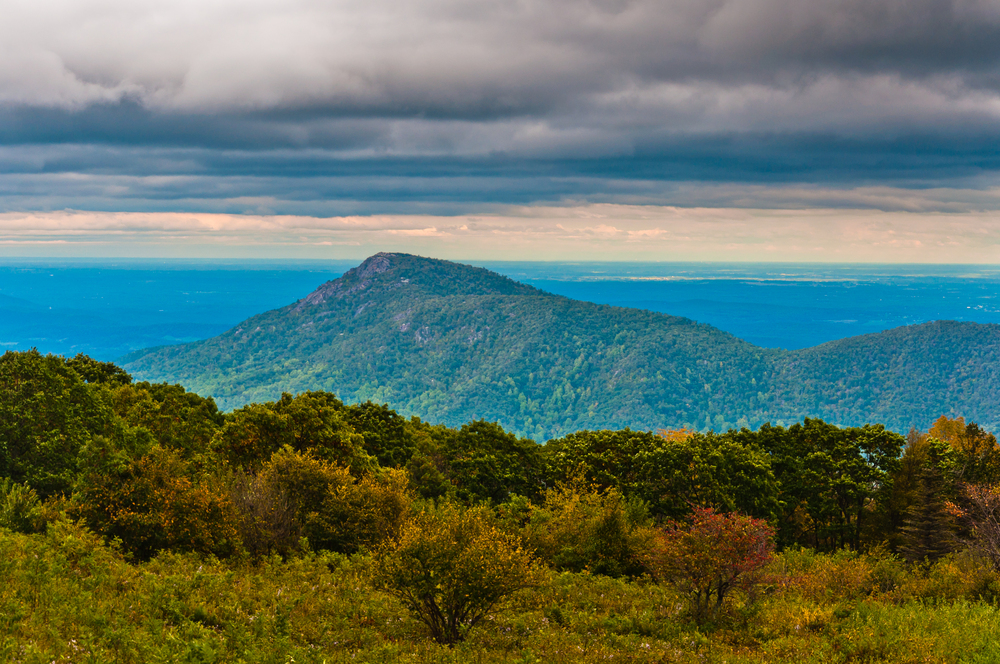
Shenandoah’s winter camping provides a peaceful escape from the busy summer season when Skyline Drive becomes crowded with leaf-peepers. The bare trees open up sweeping views of the Virginia countryside, and snow occasionally transforms the Blue Ridge Mountains into a winter wonderland.
The park’s proximity to major cities makes it ideal for weekend winter camping trips without requiring a long trip from civilization.
Rocky Mountain National Park, Colorado
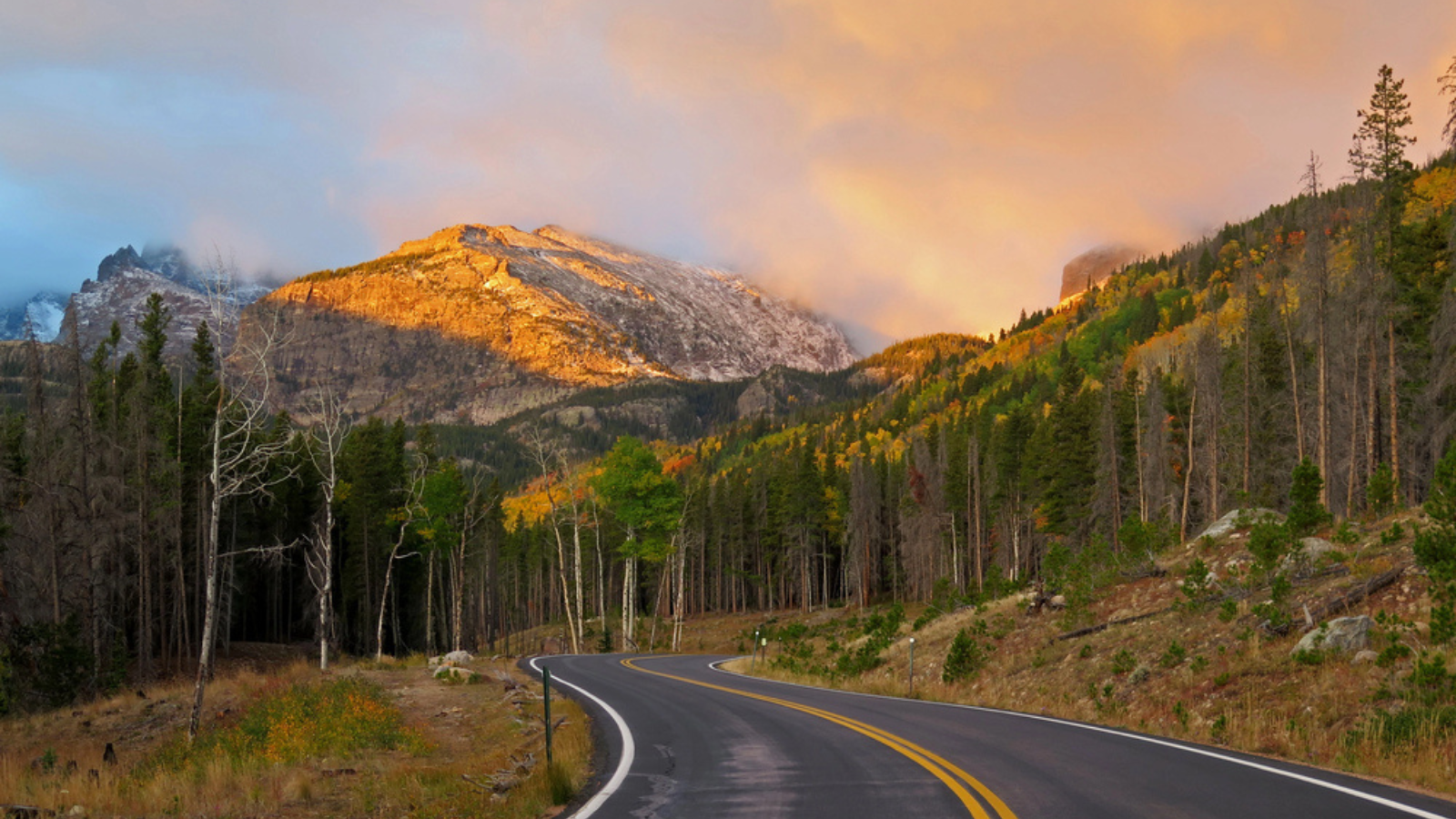
Winter camping in Rocky Mountain National Park is serious business, with heavy snow and extreme cold testing even experienced campers. However, those who take on the challenge discover a pristine alpine environment where elk and other wildlife create tracks in fresh snow.
The high-altitude setting means intense cold, but also incredibly clear skies and mountain views that are worth every shiver.
Like Travel Pug’s content? Follow us on MSN.
Arches National Park, Utah
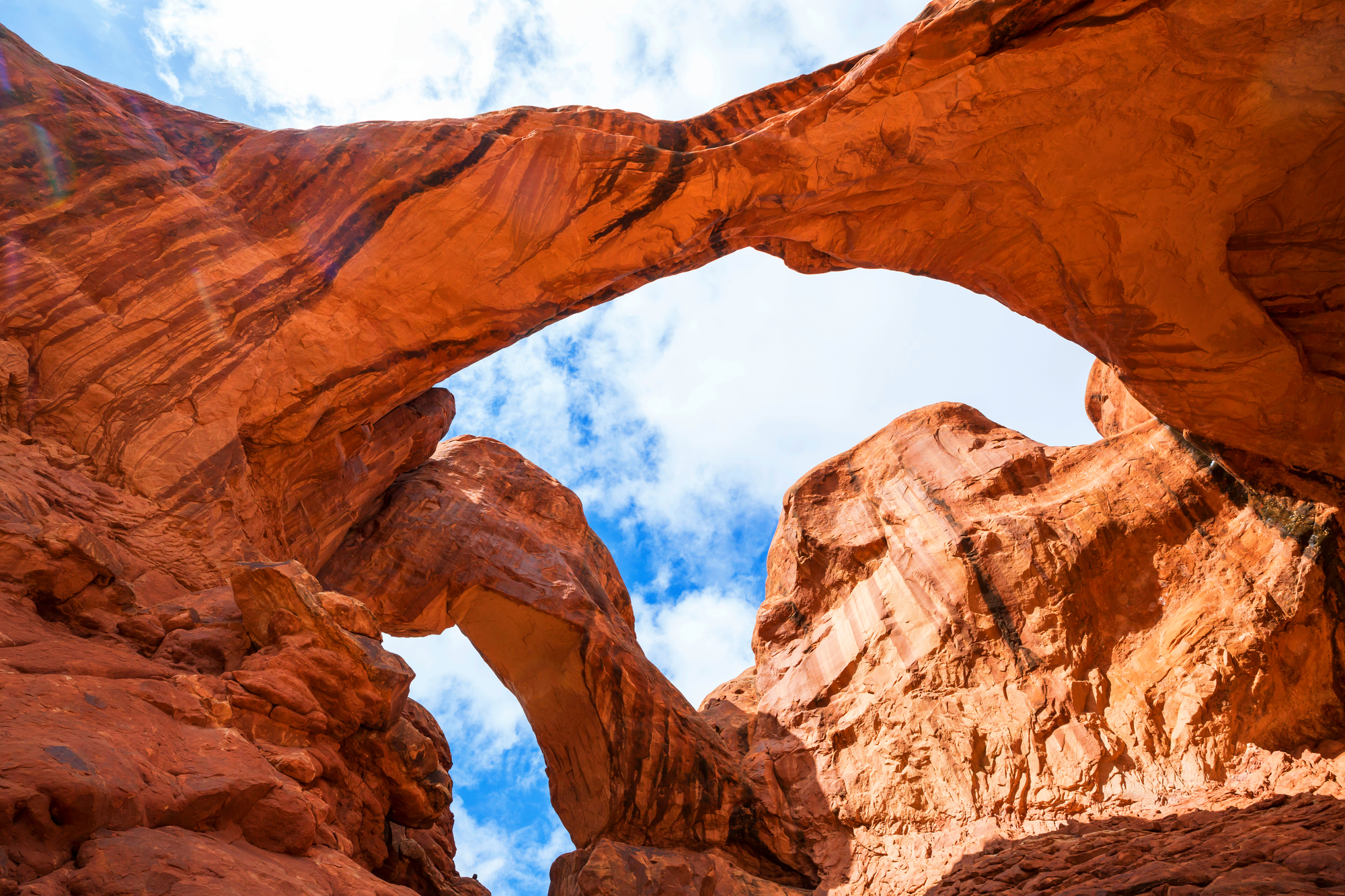
The red rock formations of Arches look spectacular, dusted with snow, creating color contrasts that seem almost unnatural. Winter camping here means mild daytime temperatures perfect for hiking, while nights can be cold enough to make a warm sleeping bag feel luxurious.
The famous arches and rock formations take on completely different personalities under winter light, making familiar landmarks feel new again.
Canyonlands National Park, Utah
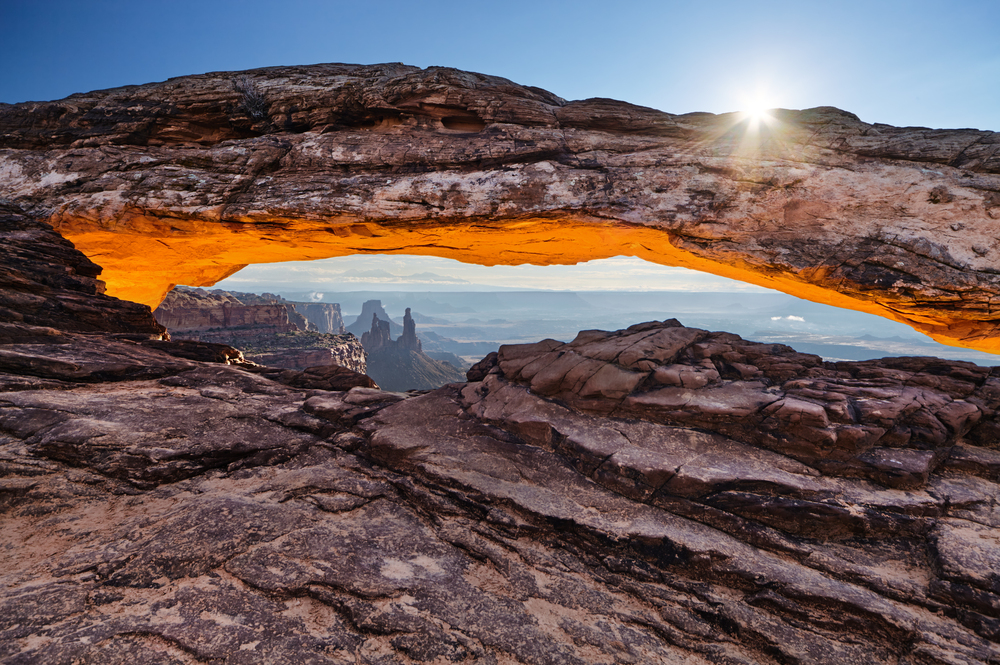
Canyonlands becomes a winter playground, where the red canyon walls contrast dramatically with the white snow patches. The vast landscape feels even more remote in winter when visitor numbers drop significantly, creating opportunities for true solitude camping.
The park’s multiple districts offer different winter experiences, from mesa-top camping with sweeping views to riverside sites along the Colorado River.
Bryce Canyon National Park, Utah
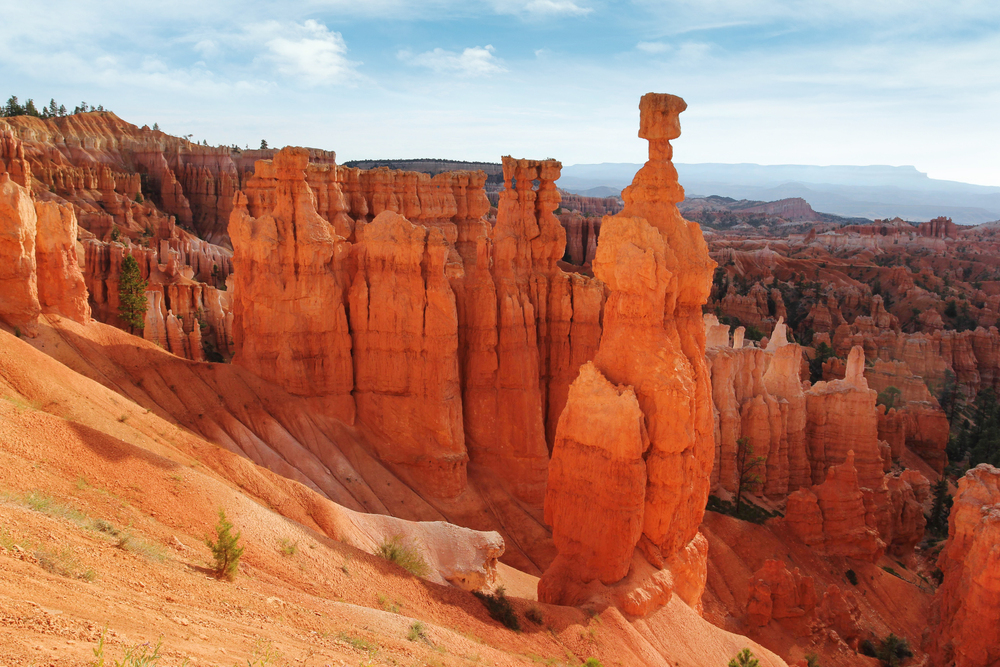
Bryce Canyon’s famous hoodoos become even more spectacular in winter when snow accumulates on the colorful rock spires. The high elevation means serious winter conditions with heavy snow and cold temperatures, but also crystal-clear air that makes the red rock formations pop against white snow.
Winter camping here requires preparation for mountain weather, but the visual rewards are unmatched.
Like Travel Pug’s content? Follow us on MSN.
Capitol Reef National Park, Utah
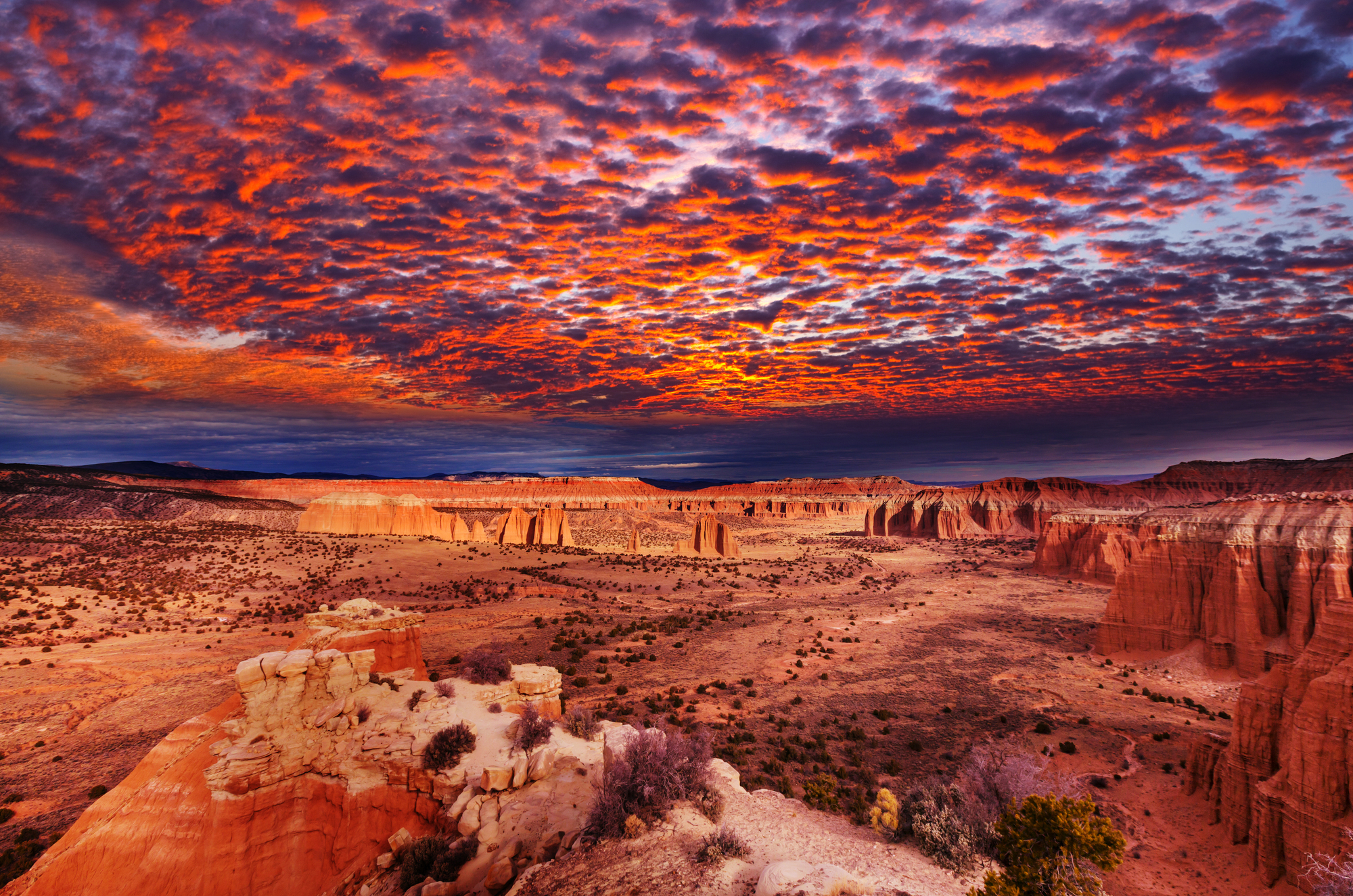
This lesser-known Utah park offers excellent winter camping with milder conditions than some of its more famous neighbors. The park’s diverse landscapes encompass everything from red rock canyons to historic pioneer settlements, all of which take on different characteristics under winter light.
The Fremont River continues flowing year-round, creating a pleasant water feature that enhances the winter camping atmosphere.
Mesa Verde National Park, Colorado
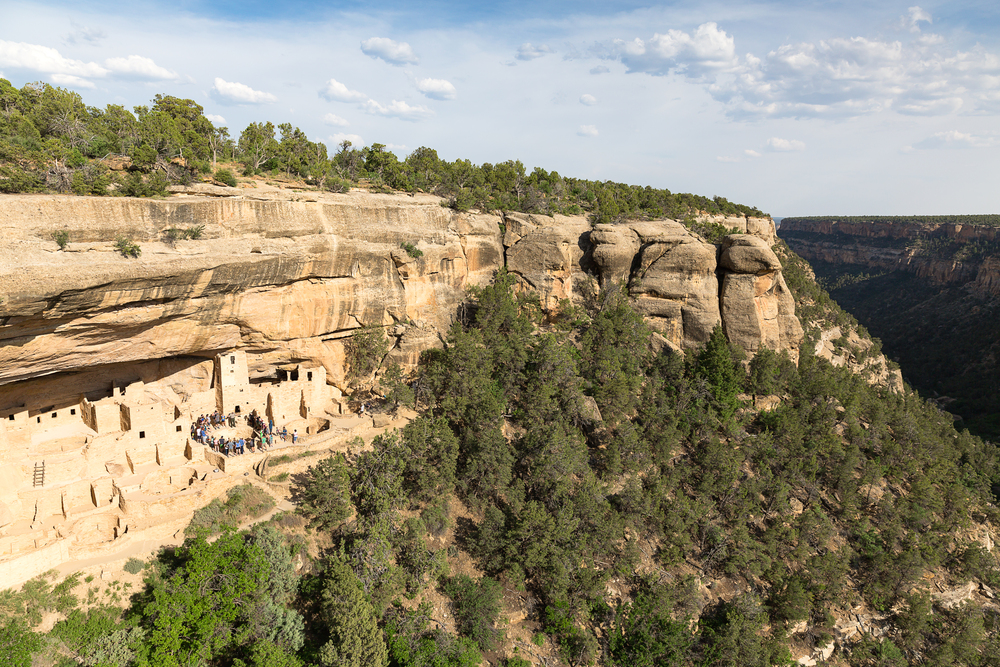
Mesa Verde’s cliff dwellings become even more mysterious in winter when snow occasionally dusts the ancient ruins. The park offers a unique winter camping experience that combines archaeological wonders with beautiful mountain scenery.
Winter visitors get closer access to the ruins since tour groups disappear, making camping here feel like a private exploration of America’s ancient past.
Petrified Forest National Park, Arizona

The colorful petrified wood scattered across this Arizona landscape looks stunning against winter skies and occasional snow patches. Winter camping here means comfortable daytime temperatures and clear, cold nights perfect for stargazing over the painted desert.
The park’s relatively small size makes it perfect for a winter camping weekend where you can explore thoroughly without feeling rushed.
Like Travel Pug’s content? Follow us on MSN.
Saguaro National Park, Arizona
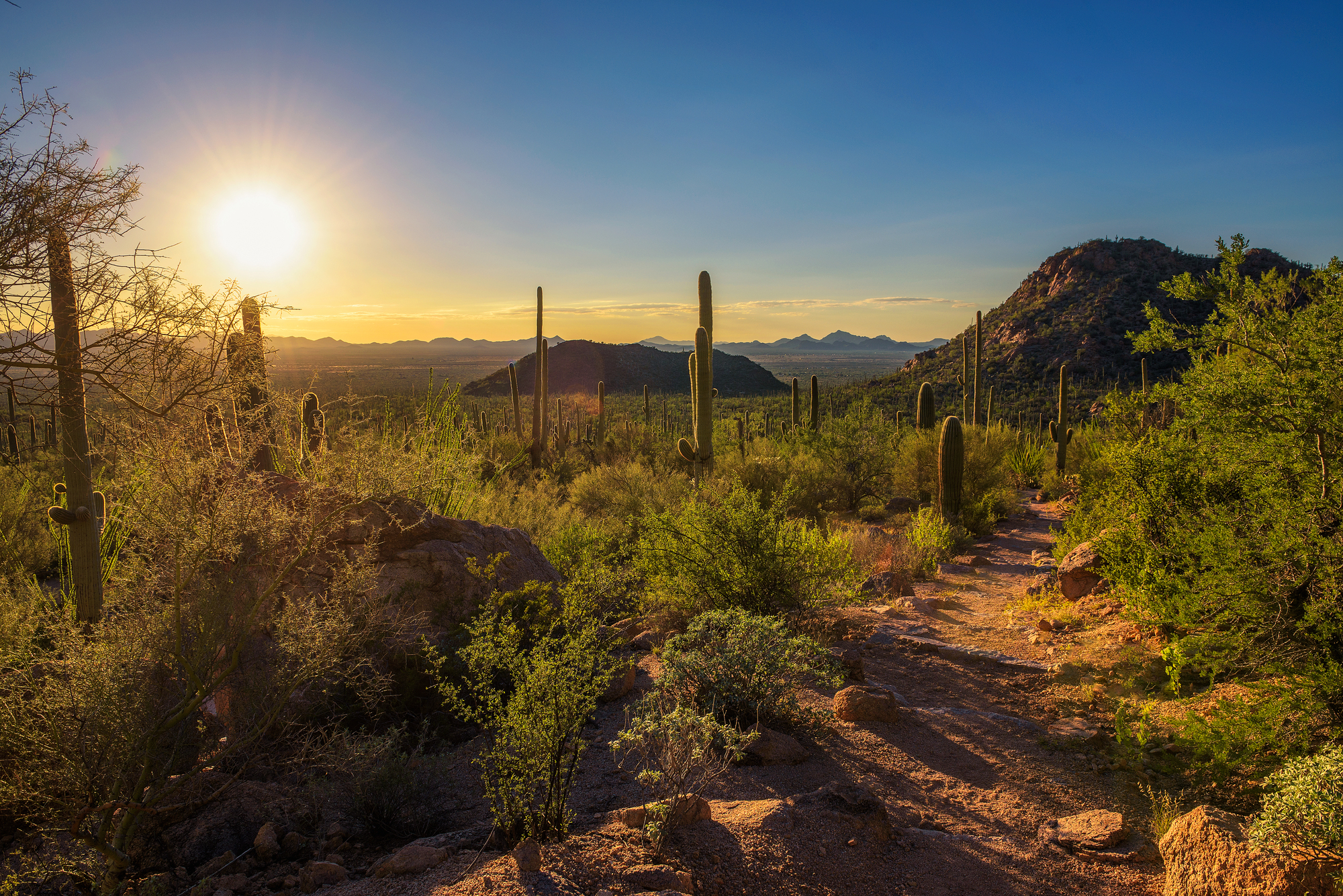
These iconic cacti create an amazing winter camping backdrop when temperatures become pleasant for desert exploration. The saguaros themselves are adapted to handle occasional freezing temperatures, though they sometimes look amusing with frost covering their arms.
Winter is the perfect time to hike among these desert giants since summer heat makes extended outdoor activities nearly impossible.
Guadalupe Mountains National Park, Texas

Home to Texas’s highest peak, this park offers challenging winter camping for those seeking mountain experiences in an unexpected location. The desert mountain environment creates unique conditions that allow desert plants to grow alongside species adapted to higher elevations.
Winter camping here means cooler temperatures that make hiking the steep trails enjoyable rather than punishing.
White Sands National Park, New Mexico

The white gypsum dunes of White Sands create an otherworldly winter camping experience that feels like camping on another planet. The white sand reflects winter sunlight beautifully while also insulating against temperature extremes, and the dunes constantly shift to create an ever-changing landscape.
Winter visitors often have entire sections of this surreal landscape to themselves.
Like Travel Pug’s content? Follow us on MSN.
Where Winter Adventures Continue
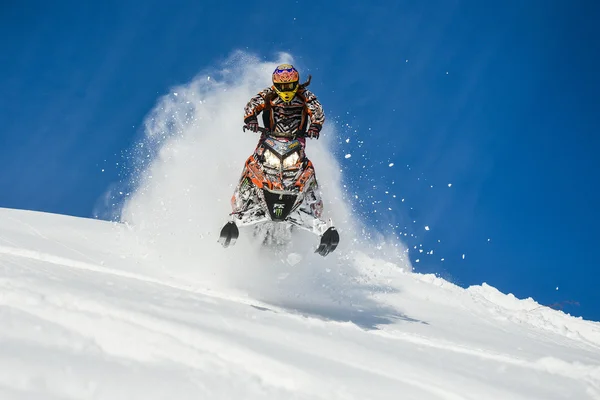
These national parks prove that camping doesn’t have to end when summer fades, continuing a tradition that connects modern adventurers with the hardy pioneers who explored these same landscapes year-round. Each winter camping trip builds skills and confidence while revealing sides of familiar places that most people never experience.
The parks themselves remain largely unchanged from when early explorers first discovered them, but winter camping gear and techniques have evolved to make cold-weather adventures more accessible than ever. Today’s winter campers carry on the spirit of exploration that built America’s national park system, discovering that some of the country’s most beautiful places reveal their true character only when the crowds go home and the temperature drops.
More from Travel Pug

- 20 Best Beach Towns in the Carolinas
- 13 Destinations Where Tourists Regularly Regret Their Trip
- 20 Destinations That Are More Magical Without an Itinerary
- 20 Underrated Adventures That Belong on Your Travel List
- 20 Cities Where You Should Just Wing It, No Planning Required
Like Travel Pug’s content? Follow us on MSN.N.
